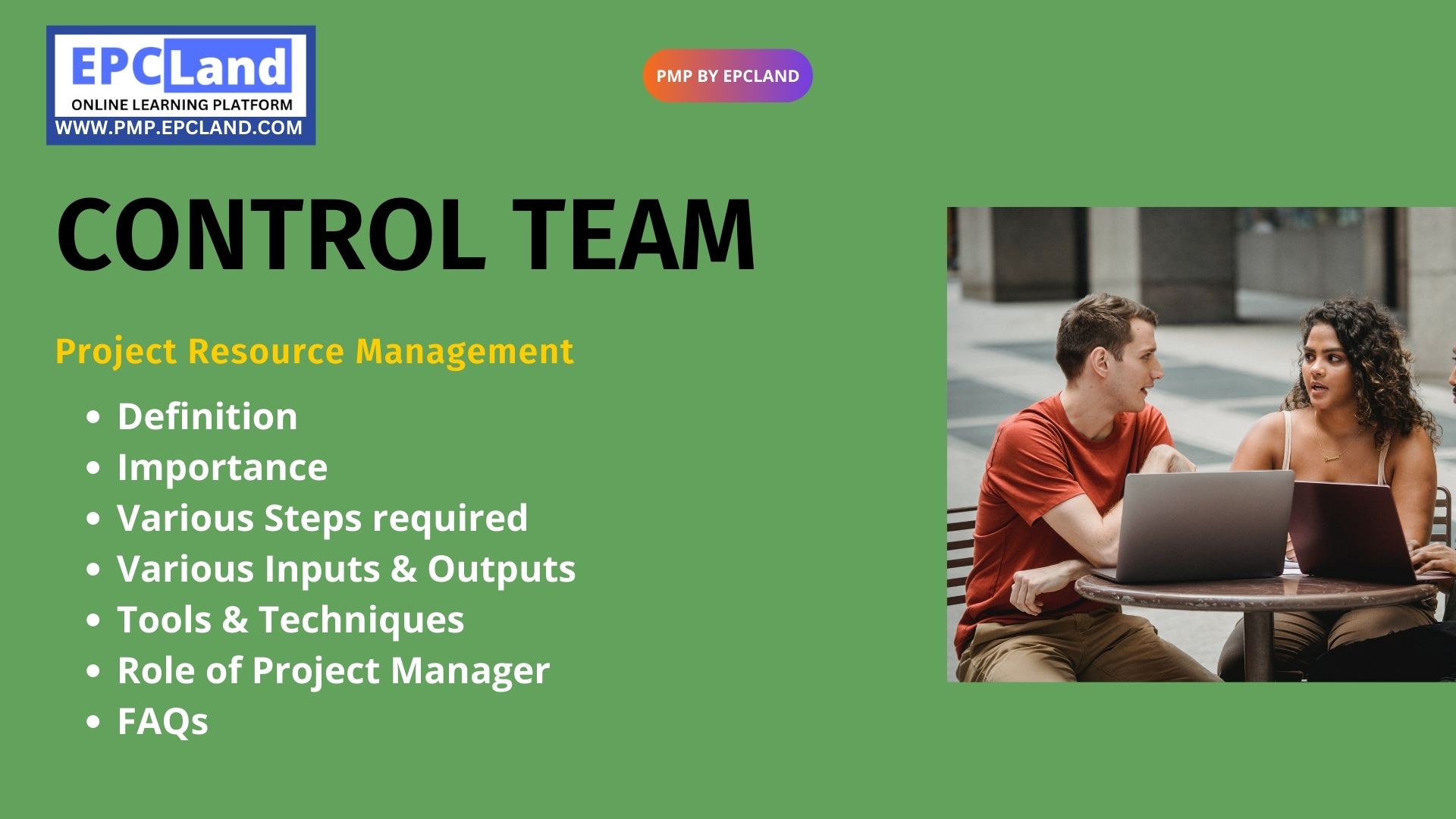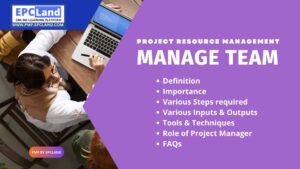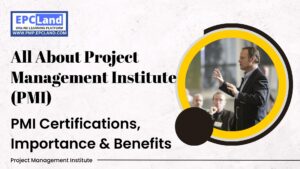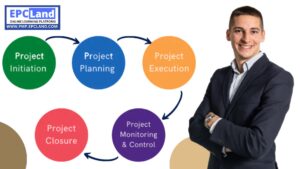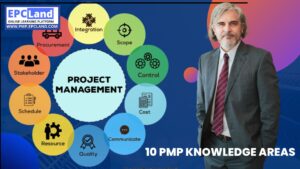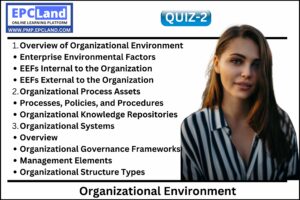Project resource management involves the effective utilization of resources to achieve project goals. A critical aspect of this is controlling team processes to ensure that the project stays on track and delivers the desired outcomes. By implementing control measures, project managers can ensure that their teams are functioning efficiently and effectively. This includes monitoring and adjusting processes as necessary to keep the project on track and to avoid any potential obstacles.
Effective control of team processes requires a combination of strategy and technique. Project managers must have a clear understanding of the processes involved and be able to implement control measures that are appropriate for their particular project. This can include regular check-ins, tracking of progress against project goals, and the implementation of corrective actions as needed.
In short, control of team processes is a vital aspect of project resource management, and effective control measures can make the difference between project success and failure. By taking the time to understand and implement the right control measures, project managers can help ensure the success of their projects and the satisfaction of their stakeholders.
What is the Importance of the “Control Team Process” in Project Resource Management
The control of team processes is crucial in project resource management for several reasons:
- Improving project outcomes: By monitoring and adjusting processes, project managers can ensure that the project stays on track and delivers the desired outcomes.
- Maximizing team efficiency: Control measures can help teams work more efficiently and avoid obstacles that could slow down the project.
- Maintaining project timeline: Effective control of team processes helps project managers avoid delays and ensure that the project stays on schedule.
- Enhancing stakeholder satisfaction: By delivering successful projects on time and within budget, project managers can enhance the satisfaction of stakeholders and build a positive reputation for themselves and their organization.
- Achieving project goals: Through precise control of team processes, project managers can help ensure that their projects achieve the desired goals and objectives.
Attempt Quiz-1 on Control Resources Process
What are the Various Steps required in the “Control Team Process” in Project Resource Management
The following steps are involved in controlling team processes in project resource management:
- Define processes: Clearly define the processes involved in the project, including roles and responsibilities of team members.
- Set goals and expectations: Establish clear project goals and expectations for team performance and communication.
- Monitor progress: Regularly monitor progress against project goals and identify any deviations from the expected outcomes.
- Implement corrective actions: Take corrective actions as necessary to get the project back on track and avoid any potential obstacles.
- Communicate with team members: Keep team members informed of project progress, changes to processes, and any issues that need to be addressed.
- Adjust processes: Continuously evaluate and adjust processes as necessary to ensure that the project stays on track and that team members are working efficiently.
- Evaluate performance: Regularly evaluate the performance of team members and provide feedback to help them improve and contribute to the project’s success.
What are various Tools & Techniques used for “Control Team Process” in Project Resource Management
The following are some of the tools and techniques used for controlling team processes in project resource management:
- Progress tracking: Regular monitoring of project progress against project goals, including tracking of individual tasks and team member performance.
- Performance reviews: Regular performance reviews to evaluate the effectiveness of team processes and identify areas for improvement.
- Root cause analysis: Identifying the root cause of any issues that arise during the project and implementing corrective actions to prevent recurrence.
- Earned Value Management (EVM): A method for tracking project progress and performance, including the use of metrics to measure progress against project goals.
- Change control: A process for managing and controlling changes to project processes and requirements, ensuring that all changes are approved and implemented in a controlled manner.
- Communication plans: A plan for communicating with team members, stakeholders, and other project participants, including regular status updates and progress reports.
- Project management software: Project management software such as Asana, Trello, and Microsoft Project can be used to automate and streamline team processes, including task assignment, progress tracking, and performance evaluation.
What are various Inputs required for “Control Team Process” in Project Resource Management
The following are some of the inputs required for controlling team processes in project resource management:
- Project management plan: The project management plan provides the framework for controlling team processes and includes information on project goals, processes, and timelines.
- Project schedule: The project schedule provides a detailed timeline for the project and is used to track progress and identify any deviations from the expected outcomes.
- Performance reports: Regular performance reports from team members, including updates on task completion and progress against project goals.
- Status reports: Status reports from project managers and team members, including updates on project progress, issues, and risks.
- Change requests: Requests for changes to project processes, requirements, and timelines, including a description of the impact of the change and the proposed solution.
- Resource availability: Information on the availability of project resources, including team members, equipment, and materials.
- Budget and cost information: Information on project budgets and costs, including actual costs and variances from the expected outcomes.
What are various Outputs required for “Control Team Process” in Project Resource Management
The following are some of the outputs generated from the control team process in project resource management:
- Updated project management plan: The project management plan is updated to reflect any changes to project processes, requirements, and timelines.
- Revised project schedule: The project schedule is revised to reflect any changes to project timelines and to ensure that the project stays on track.
- Status reports: Status reports are generated and distributed to project stakeholders, including updates on project progress, issues, and risks.
- Performance evaluations: Performance evaluations are generated for team members, including feedback on their performance and areas for improvement.
- Change requests: Approved change requests are implemented, including updates to project processes and timelines.
- Corrective actions: Corrective actions are taken to address any deviations from the expected outcomes, including changes to project processes and resources.
- Budget updates: Project budgets are updated to reflect actual costs and variances from the expected outcomes.
What is the Role of the Project Manager in the “Control Team Process” in Project Resource Management
The role of the project manager in controlling team processes in project resource management is to oversee and manage the project team and ensure that project processes are followed consistently and effectively. Some of the key responsibilities of the project manager in this context include:
- Monitoring progress: Regularly monitoring project progress against project goals and ensuring that team members are on track to meet their commitments.
- Evaluating performance: Evaluating the performance of team members and identifying areas for improvement, including providing feedback and coaching as needed.
- Managing changes: Approving and managing changes to project processes and requirements, ensuring that all changes are approved and implemented in a controlled manner.
- Communication: Communicating regularly with team members, stakeholders, and other project participants, including providing status updates and progress reports.
- Problem resolution: Resolving any problems or issues that arise during the project, including conducting root cause analysis and implementing corrective actions.
- Resource management: Managing the allocation of project resources, including team members, equipment, and materials, to ensure that the project stays on track.
Final takeaway on “Control Team Process” in Project Resource Management
The control team process in project resource management is critical for ensuring project success. With the right inputs and outputs, project managers can effectively monitor and manage the project team, resolve issues, and make necessary changes to keep the project on track. Effective communication, performance evaluations, and resource management are key components of a successful control team process. Project managers play a crucial role in leading the project and ensuring that all project processes are followed consistently and effectively. By prioritizing control team processes, project managers can increase their chances of project success.
Attempt Quiz-2 on Control Resources Process
FAQs on “Control Team Process” in Project Resource Management
- What is the control team process in project resource management? The control team process involves monitoring and controlling project processes and resources to ensure project goals and objectives are achieved.
- What are the inputs to the control team process? The inputs to the control team process include the project management plan, project schedule, status reports, and performance evaluations.
- What are the outputs of the control team process? The outputs of the control team process include updated project management plan, revised project schedule, status reports, performance evaluations, change requests, corrective actions, and budget updates.
- What is the role of the project manager in the control team process? The project manager is responsible for overseeing and managing the project team, monitoring project progress, evaluating team performance, managing changes, communicating with stakeholders, resolving problems, and managing project resources.
- Why is the control team process important in project resource management? The control team process is important in project resource management because it helps to ensure project goals are achieved, resources are effectively managed, and any deviations from project plans are identified and addressed.
- What tools and techniques are used in the control team process? Some common tools and techniques used in the control team process include project management software, performance metrics, change management processes, and risk management processes.
